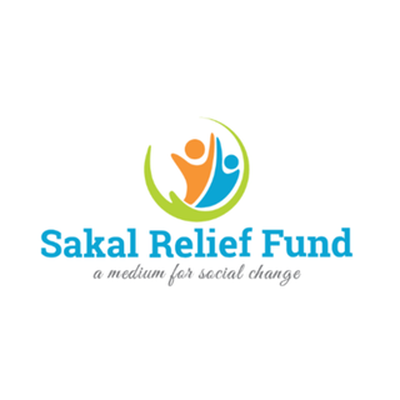Importance Of Building Resilience To Disasters In India
الجسم
Building Resilience to Disasters in India
India is one of the most disaster-prone countries in the world, and the economic impact of these disasters is significant. In 2020, for example, the country suffered over $10 billion in economic losses due to natural disasters.

There are a number of challenges to building resilience to disasters in India. One challenge is the lack of awareness of disaster risks and preparedness measures among communities. Another challenge is the lack of resources or capacity to implement resilience-building measures. Additionally, vulnerable groups are often the most affected by disasters, and they may have difficulty recovering from them.
Despite these challenges, there are a number of strategies that can be used to build resilience to disasters in India. These strategies include:
- Community-led preparedness and response: This involves training communities to respond to disasters in a coordinated and effective manner.
- Building infrastructure or implementing technologies to reduce disaster risks: This can include things like building stronger infrastructure, installing early warning systems, and using technology to track and monitor disasters.
- Disaster education: This involves teaching people about the risks of disasters and how to prepare for them.
- Helping communities develop contingency plans and disaster recovery plans: This involves helping communities develop plans for how to respond to and recover from disasters.
By implementing these strategies, India can build resilience to disasters and reduce the economic and social impacts of these events.
Here are some additional details about each of these strategies:
Community-led preparedness and response: This is a bottom-up approach to disaster preparedness that involves training communities to respond to disasters in a coordinated and effective manner. This can be done through a variety of methods, such as training community members in first aid, fire safety, and search and rescue. It can also involve training community members in how to use early warning systems and how to evacuate safely.
Building infrastructure or implementing technologies to reduce disaster risks: This can include things like building stronger infrastructure, installing early warning systems, and using technology to track and monitor disasters. For example, India could build stronger levees to protect coastal communities from flooding, or it could install early warning systems to alert people of impending cyclones. It could also use technology to track the movement of cyclones and to monitor the impact of floods.
Disaster education: This involves teaching people about the risks of disasters and how to prepare for them. This can be done through a variety of methods, such as school-based programs, public awareness campaigns, and social media. It is important to educate people about the different types of disasters that can occur in India, as well as the risks associated with each type of disaster. People should also be taught how to prepare for disasters, such as by assembling an emergency kit and developing a family disaster plan.
Helping communities develop contingency plans and disaster recovery plans: This involves helping communities develop plans for how to respond to and recover from disasters. These plans should include things like how to evacuate people, how to provide food and water, and how to rebuild infrastructure. It is important to have these plans in place before a disaster strikes, so that communities can respond quickly and effectively.
By implementing these strategies, India can build resilience to disasters and reduce the economic and social impacts of these events.











تعليقات